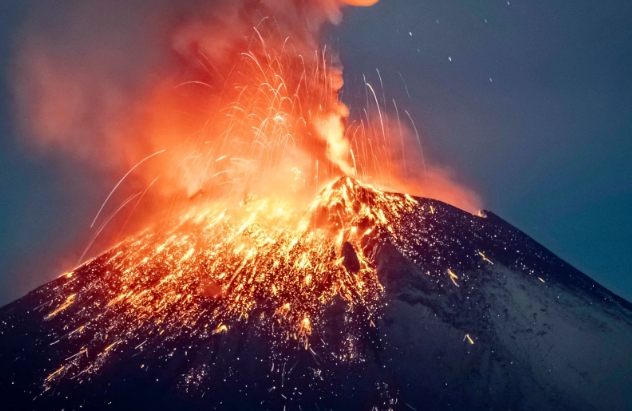Unveiling the Mysteries of Volcanoes: A Comprehensive Guide
Understanding Volcanoes
Volcanoes are natural formations that result from the movement of tectonic plates beneath the Earth’s surface.
Types of Volcanoes
There are three main types of volcanoes: shield, cinder cone, and stratovolcanoes.
Volcanic Eruptions
Eruptions occur when magma, gases, and ash are forced to the surface, causing explosive releases of energy.
Volcanic Hazards
Volcanic hazards include lava flows, ash clouds, pyroclastic flows, and lahars, all of which can pose a threat to nearby communities.
Monitoring Volcanoes
Methods such as seismic monitoring, gas measurements, and satellite imagery are used to monitor volcanic activity and provide early warnings.
Volcanic Hotspots
Hotspots are areas of intense volcanic activity that are typically found away from tectonic plate boundaries.
Volcanoes and Climate
Volcanic eruptions can have a significant impact on the Earth’s climate by releasing gases and ash into the atmosphere.
Volcanic Tourism
Many people are drawn to the awe-inspiring power of volcanoes and visit volcanic sites around the world for scientific research or recreational purposes.
Conclusion
Volcanoes are fascinating natural phenomena that continue to intrigue scientists and explorers alike, offering valuable insights into the inner workings of our planet.

